Watermelons are not just delicious fruits for the summer; they also give us stunning flowers. Many people don’t know that these delightful blooms come in male and female forms.
At first look, both types of watermelon flowers might look alike, but they are slightly different. If you know these differences, you can understand how watermelon plants grow and reproduce.
In this article, we’re going to teach you how you can tell male from female watermelon flowers.
Table of Contents
Understanding the Differences Between Watermelon Flowers
Every watermelon has flowers that are either male or female. Each type plays its own role in the life of the watermelon plant.
Male flowers make only pollen. Female flowers create both pollen and the actual watermelons.
Male blooms stand on a long stem and feature many stamens, the parts that make pollen. Female blooms, on the other hand, have a tiny fruit or ovary right at the bottom.
While male flowers are smaller with long, skinny stems crowned with yellow anthers full of pollen, female flowers have a small, round-shaped baby fruit or ovary that looks like a tiny watermelon.
Furthermore, the petals’ shapes are different: pointed and slim on male flowers, and wider and rounder on female ones.
To sum it up, male watermelon flowers come with a long stem and pollen-packed anthers, and pointy petals. Female flowers feature an ovary or baby fruit at the base, wide petals, and a shorter stem.
Why Should You Know the Difference?
Understanding which flowers are male and which are female is very important for growing watermelons successfully:
- Better Fruit Yields: Knowing which flowers are female is crucial because these are the ones that will turn into watermelons. Males don’t grow fruit.
- Pollination: To make a fruit, a female flower must get pollen from a male. If you can tell them apart, you can help make sure the females get pollinated, leading to more watermelons.
- Healthier Plants: Male and female flowers might need different nutrients. For example, males need more nitrogen for making lots of pollen, while females require more potassium and calcium to help the fruit grow. Supplying the right nutrients to each kind of flower can make your plants healthier and improve your harvest.
Recognizing the male and female blooms helps the plants produce fruit, ensures proper pollination, and supports the plant’s overall health and productivity.
About Male Watermelon Blossoms
Male watermelon flowers produce the pollen that is essential to make the fruits. Here are the main features of male watermelon blossoms and tips on spotting them:
Male blooms are marked by the following:
- A long and slender stem that sticks out from the vine.
- A tuft of yellow stamens, which are anthers full of pollen, at the tip of the stem.
- They do not make fruit; they only provide pollen to fertilize the female blooms.
Identifying Male Watermelon Flowers: Male flowers have a long stem with a cluster of yellow stamens and don’t have a tiny fruit at the base. They are smaller than the female flowers and have slender, pointy petals.
To get watermelons, it’s essential to recognize the males and make sure they can pollinate the females. Bees and other pollinators carry pollen from males to females to start the fruit growing process.
If you’re growing watermelon, watch for male blossoms and invite bees to your garden to help with pollination. This will help have a big and healthy crop.
To increase the chances for pollination, place your watermelon plants close to other flowering plants that attract pollinators.
About Female Watermelon Blossoms
Female watermelon flowers are where the fruit starts from. If a female flower is pollinated, it grows into the big, sweet watermelon we eat. Let’s look at the characteristics of female watermelon flowers and how to spot them:
Female blooms can be recognized by several features:
- A short stem that connects right to the vine.
- A tiny fruit or ovary found at the bottom of the flower, which will grow into a watermelon if it gets pollen from a male flower.
- A part called the stigma sits on the baby fruit, waiting for pollen to land on it.
- They have wider petals that are slightly more rounded compared to the males’ petals.
Finding female watermelon flowers is easy because they have unique features. When these flowers get pollinated, they can grow into a big watermelon.
How to Spot Female Watermelon Flowers: Female watermelon flowers have a small watermelon (an ovary) at the bottom and a short stem. You can see a part called a stigma on top of the ovary ready to catch pollen. These flowers are usually bigger than the male ones and the petals look rounder and wider.
Knowing which flowers are females is very important when you grow watermelons. The female flowers need pollen from the male flowers so that they can turn into watermelons.
If you have watermelons growing, keep an eye out for female flowers. Also, make sure bees or other bugs that can pollinate are around your plants to help with good pollination.
How to Make Sure Your Watermelons Get Pollinated Well for the Best Harvest
Getting good pollination is key for lots of watermelons. Here are some ideas on how to make sure your watermelons grow well and you get lots of them:
- Pick a sunny spot: Watermelons like lots of sun and soil that drains water well. Put them where they will get sun for at least six hours a day. Add compost or other stuff to the soil to help the soil drain better and give the plants nutrients.
- Space them out: Watermelon plants need room to spread. Give each plant about six feet of space so the air can move around them and they don’t get too crowded.
- Bring in pollinators: Bees and other bugs are needed to spread pollen to watermelon flowers. Grow plants like lavender, sunflowers, and clover near your watermelons. These will attract pollinators.
- Try hand pollinating: If there aren’t many pollinators or if you only have a few watermelon plants, you can pollinate the flowers yourself. Take a small brush or cotton swab and move pollen from the male flowers to the female ones.
- Water and feed your plants: Watermelons need to be watered and fed with plant food often. Water them deeply once or twice a week and use a general plant food every few weeks.
- Keep an eye out for bugs and disease: Bugs and sicknesses can hurt your plants and make you have fewer watermelons. Always check your plants for any problems and deal with them quickly.
By doing these things, you can help make sure your watermelon plants are well pollinated and healthy, which means you’ll get more fruit and have a better harvest.
Summary
Watermelons are a yummy and good-for-you fruit you can grow at home if you take care of them right. It’s important to know the difference between male and female watermelon flowers so that your plants can be pollinated properly and make fruit. Male flowers make the pollen needed for the female flowers, and the female flowers turn into the actual watermelons.
To get the most watermelons, make sure to plant them in a good spot, give them space, attract pollinators, water and feed them often, and watch for pests and diseases. If you look after your watermelon plants well, you can look forward to enjoying a lot of sweet and juicy watermelons.
![What Is the National Fruit of Malaysia And Why? [ANSWERED]](https://fruitonix.com/wp-content/uploads/2023/04/What-Is-the-National-Fruit-of-Malaysia-And-Why.jpg)
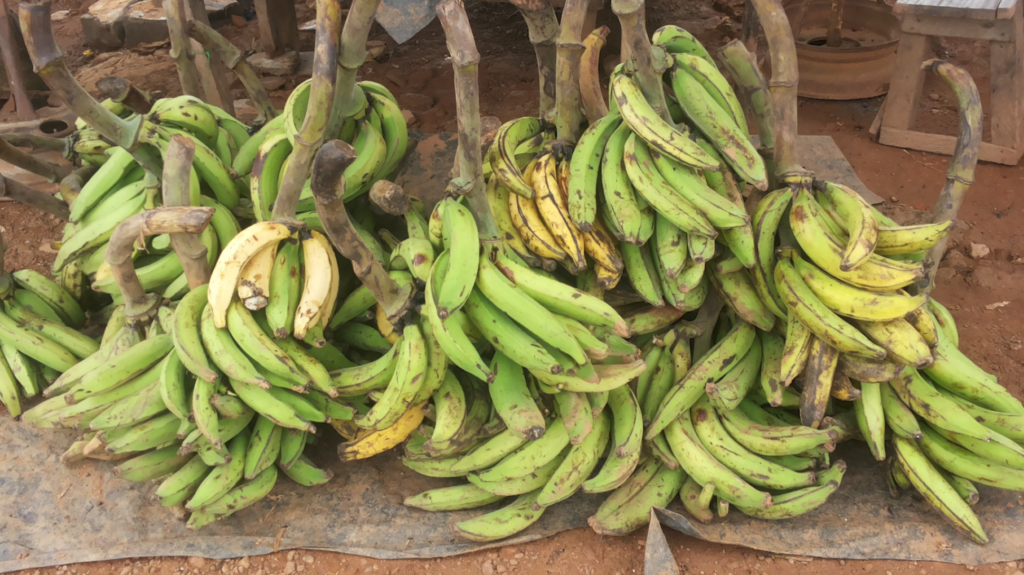
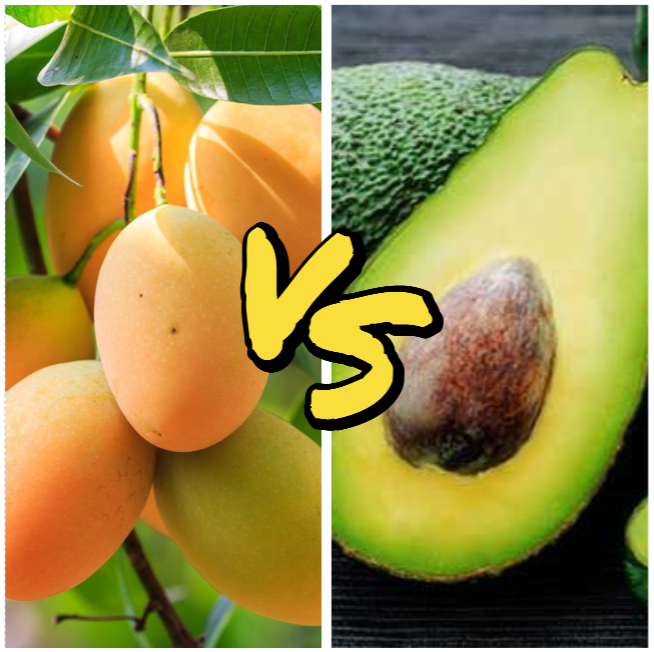
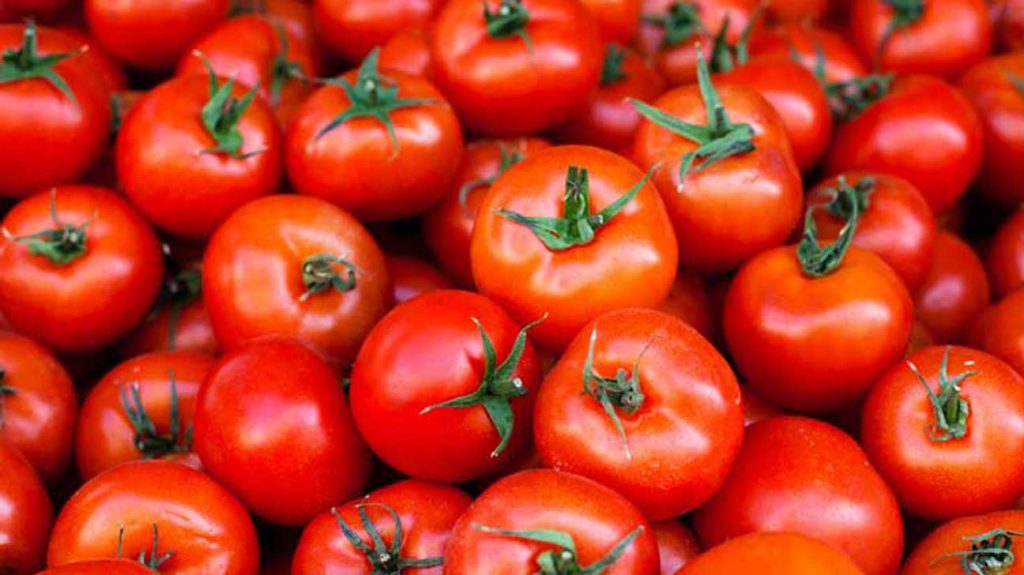
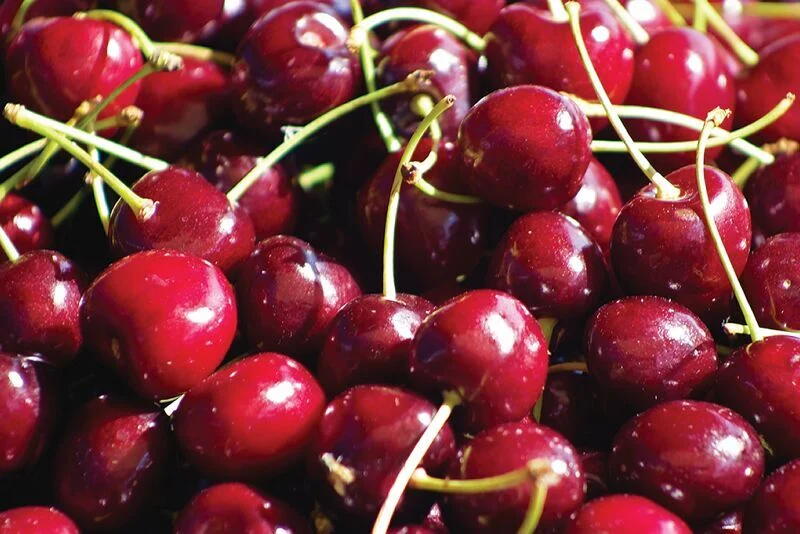
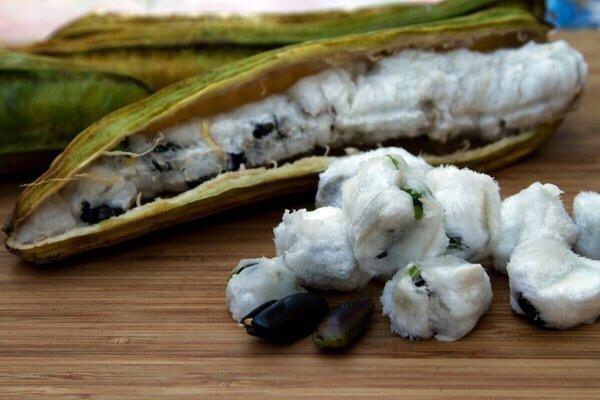
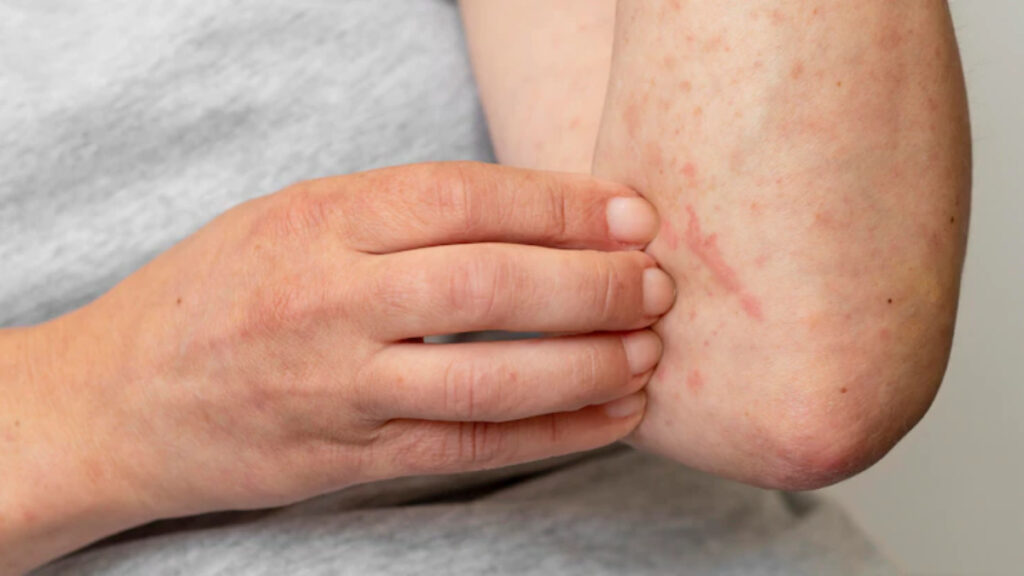
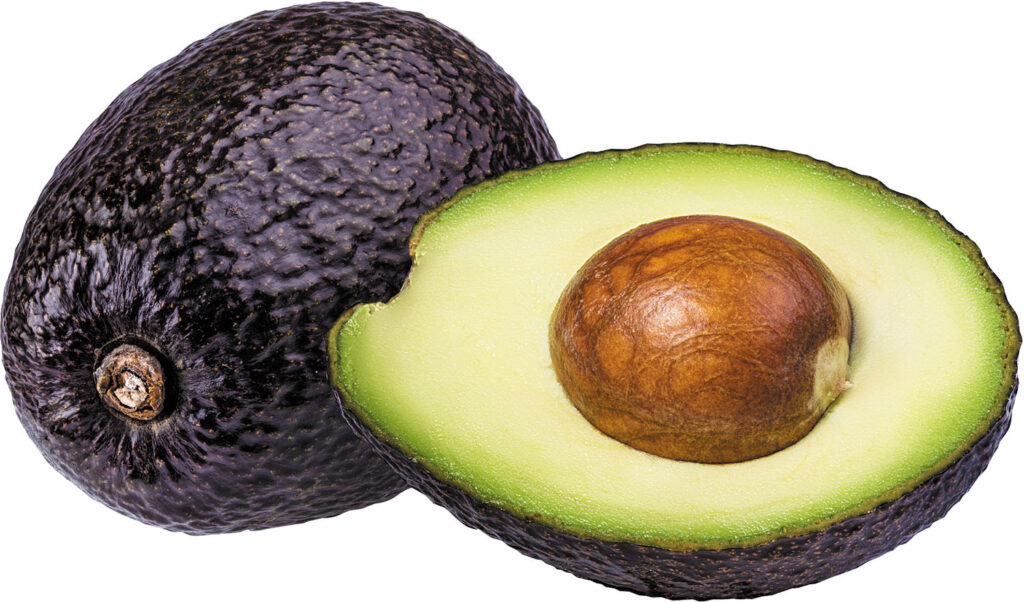
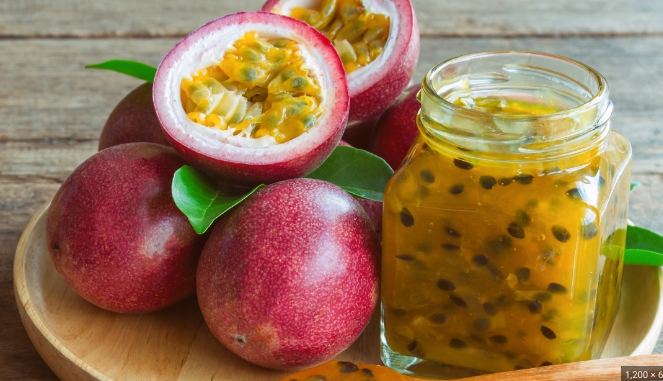
![What Is the National Fruit of Argentina and Why? [ANSWERED]](https://fruitonix.com/wp-content/uploads/2023/04/What-Is-the-National-Fruit-of-Argentina-.jpg)